This ultimate guide will help you develop a profitable cardamom farming business plan and increase production. With the growing demand for high-quality cardamom, careful planning and execution are necessary for success. This tutorial will cover the essential phases of creating a successful business plan and offer advice for maximizing production, from planting and caring for cardamom plants to harvesting and processing efficiently. Get ready to embark on a profitable cardamom farming journey.
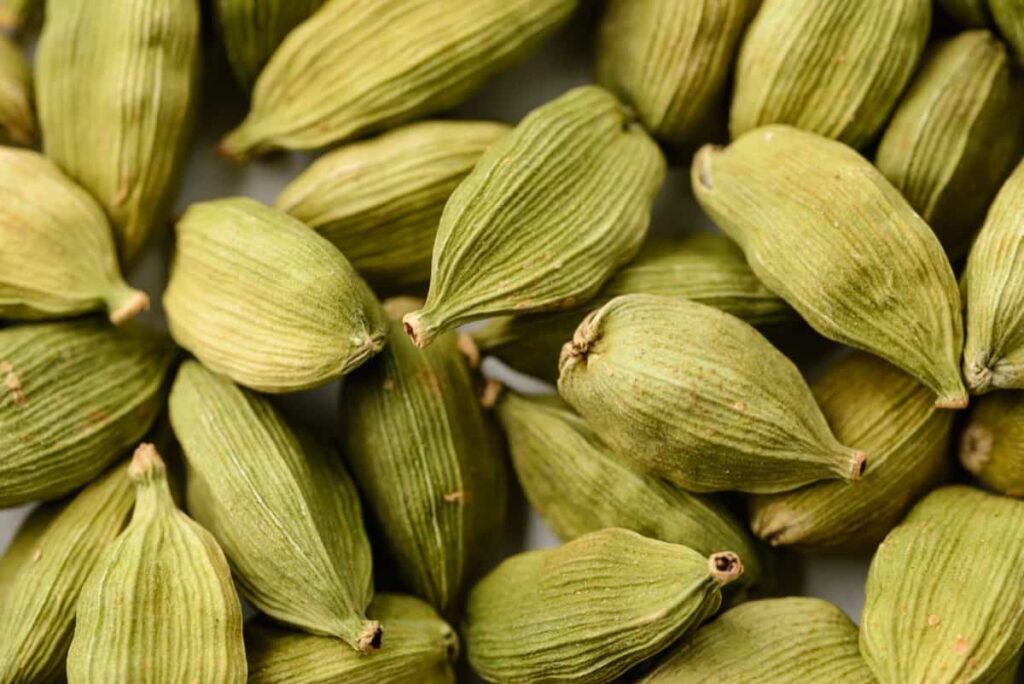
Cardamom Farming Business Plan
Introduction to Cardamom
Cardamom is a highly valued and ancient spice known as the queen of all spices. It grows wild in the forests of the Western Ghats in southern India but is also cultivated in Sri Lanka, Guatemala, Indo-China, and Tanzania. This expensive spice, second only to saffron, has a unique aroma, flavor, and parrot green color. It is widely used in sweets, confectionery, and dishes, including gram masala. Cardamom is also a mouth freshener used in tea and coffee. Many inferior species of cardamom-related plants exist, but only Elettaria cardamomum is the true cardamom.
What is Cardamom Farming and Business Plan?
Cardamom farming is the cultivation of cardamom plants for commercial purposes. A cardamom farming business plan involves careful planning and execution to ensure success. To start a cardamom farming business, selecting a suitable location with warm, humid climates and loamy soil rich in organic matter is important. The plants require distributed rainfall and specific cultivation and processing methods to produce high-quality cardamom.
The spice has a well-established culinary value and is used in various sweets, confectionery, and dishes. Cardamom is also used in tea and coffee and has medicinal properties. Successful cardamom farming requires knowledge of planting and caring for the plants, preventing and managing pests and diseases, and efficiently harvesting and processing the spice. It is a potentially profitable crop, and Indian cardamom is known worldwide for its quality.
Benefits of Cardamom Farming
- Cardamom farming can be profitable due to the high demand for spice in the international market.
- The spice has numerous health benefits, which makes it a popular ingredient in the food and beverage industry. It contains antioxidants, has anti-inflammatory properties, and can aid in digestion.
- Cardamom farming is a sustainable agricultural practice that can help improve soil health management and prevent erosion.
- The crop is well-suited to agroforestry systems, where it can be intercropped with other trees and crops, providing additional income streams for farmers.
- Cardamom cultivation can also promote biodiversity, as the plant offers a habitat for various bird and insect species.
- The spice has a long shelf life, making it an attractive option for export-oriented businesses.
- Cardamom farming can also create employment opportunities for local communities, particularly during the harvesting and processing stages.
In case you missed it: The Ultimate Guide to Onion Farming Business Plan for Maximum Profit
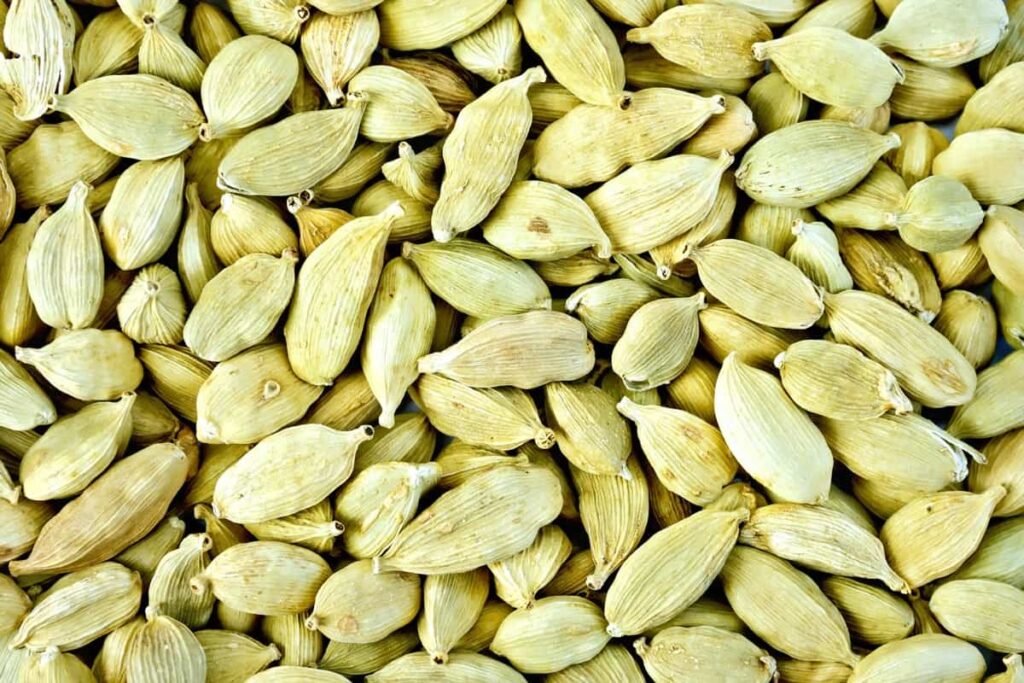
Popular Cardamom Varieties
- Elettaria Cardamomum: This is the true cardamom and the most popular variety grown in India. It is also known as Green Cardamom or True Cardamom.
- Amomum Subulatum: This is also known as Black Cardamom or Nepal Cardamom. It has a smoky flavor and is used in savory dishes.
- Amomum Compactum: This is also known as Java Cardamom or White Cardamom. It is grown primarily in Indonesia and has a milder flavor than Green Cardamom.
- Aframomum Corrorima: This is also known as Ethiopian Cardamom. It has a sweet and spicy flavor and is used in Ethiopian and Eritrean cuisine.
In India, the most popular varieties are Malabar Cardamom and Mysore Cardamom. Malabar Cardamom is grown in the Malabar region of Kerala and is known for its large size and bold flavor. Mysore Cardamom is grown in Karnataka and Tamil Nadu and is more aromatic due to higher levels of cineol and limonene.
How to Commercially Grow Cardamom and Production
Growing cardamom commercially requires careful planning, preparation, and execution. Begin by locating a suitable farming location and fertilizing the soil. Plant the rhizomes or seeds early in the spring or early in the monsoon season, and provide regular irrigation and care to guarantee optimal growth.
Cardamom plants take three years to develop and yield fruit, which must be harvested by hand. The pods should be dried in the sun, or a dryer after harvesting, and the seeds should be extracted and stored in a cold, dry area. Cardamom cultivated and harvested correctly can result in great productivity and profitability in the spice sector.
Ideal Conditions and Tips for Successful Cardamom Cultivation
Cardamom is a precious and high-value crop that requires proper care and maintenance for successful cultivation. Some ideal conditions and tips for growing cardamom.
Climate and Soil Requirements: Cardamom plants require a humid, tropical climate with an annual rainfall of 1500 mm to 4000 mm and temperatures ranging from 20°C to 30°C. The best quality cardamom is cultivated in well-drained, loamy soils with a pH range of 4.6 to 7.0.
Preparing the Farm: Before planting, check your farming site and ensure that the soil has a pH value of 4.5 to 7.0, which is considered suitable for cardamom farming. Use neem khali or poultry fertilizers to enrich the soil. The best time for fertilization is between May and June.
Plantation: Cardamom can be planted in early spring or early monsoon season. Dig a 30 cm deep and 30 cm wide hole, spacing them 2 to 2.5 meters apart. Plant rhizomes or seeds in the pits, cover them with soil and water them regularly.
In case you missed it: From Seed Selection to Successful Business: Crafting a Comprehensive Avocado Farming Business Plan
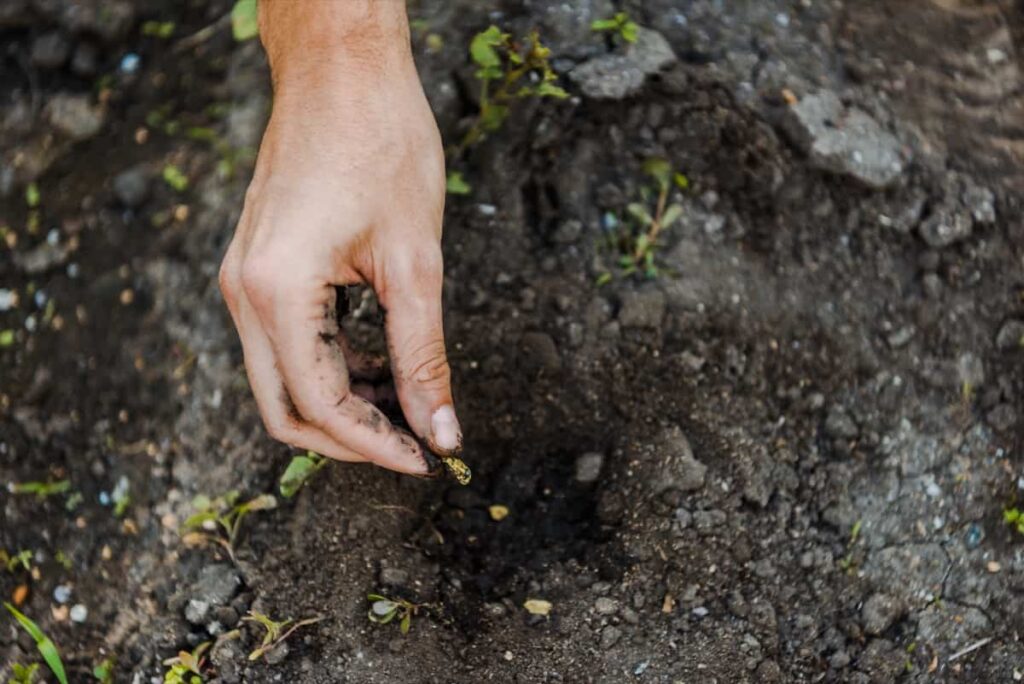
Propagation: Cardamom is propagated vegetatively via rhizome division or by seedling transplantation. Rhizomes are extracted from big clumps of developing plants, split into little clumps with at least one old and one young shoot, and grown in prepared pits.
Care: Cardamom plants require regular maintenance for optimal growth and production. Water them frequently, especially during dry spells, and mulch around them to promote soil moisture retention. Fertilizers should be applied regularly according to recommended dose to give the plants the necessary nutrients. Weeding is also necessary to maintain the environment around the plants clean and free of competition.
Irrigation Method: For irrigation, it’s best to go weather-friendly. If the heat is high, you can irrigate 3 to 4 times a day, but you must ensure that the temperature is normal for cardamom farming. Raining season irrigation is not preferable.
Harvesting: Cardamom plants grow and yield fruit in around three years. When the fruit turns green and begins to split, it is ready to harvest. Pick the pods carefully by hand to avoid injuring the plant. Remove the seeds and store them in a cool, dry area after drying the pods in the sun or a dryer.
Drying Cardamom: Cardamom can be dried naturally in the sun, which takes 3 to 4 days, or by a furnace. To dry it in a furnace, select a room, raise the temperature, and seal the door. Keep the charcoal or wood burning in the furnace to dry the pods.
Selling Cardamom: Cardamom is a highly valued crop that can be sold directly to local markets or packed and sold in retail. It can also be sold online to reach a wider market.
Yield: Cardamom begins to give 2-3 years after planting. After the fourth year, the yield stabilizes. It generates an average of 50 kg per acre in the second year, 120–150 kg per acre in the third year, and 180–200 kg per acre in the fourth year.
Project Report on Cardamom Cultivation
A project report on cardamom cultivation should include information on the land, climate, and soil requirements for growing cardamom. It should also provide details on the variety of cardamom being cultivated and the planting, care, and harvesting process.
Additionally, the report should outline the expected costs and returns of the project, including the initial investment in land, equipment, and labor, as well as the expected yield and market price of the cardamom crop. A comprehensive project report can help farmers make informed decisions and secure financing for their cardamom cultivation business.
Cost and Profit Report of Cardamom Cultivation
Cardamom cultivation’s cost and profit report can vary depending on location, climate, farming techniques, and market demand.
Cost of Production
| Land preparation | $1,200 |
| Planting materials | $220 |
| Manures and fertilizers | $500 |
| Plant protection | $210 |
| Irrigation | $220 |
| Labor charges | $1,150 |
| Miscellaneous cost | $200 |
In case you missed it: Ginger Farming Business Plan: A Comprehensive Guide for Successful Profitable Cultivation and Harvesting
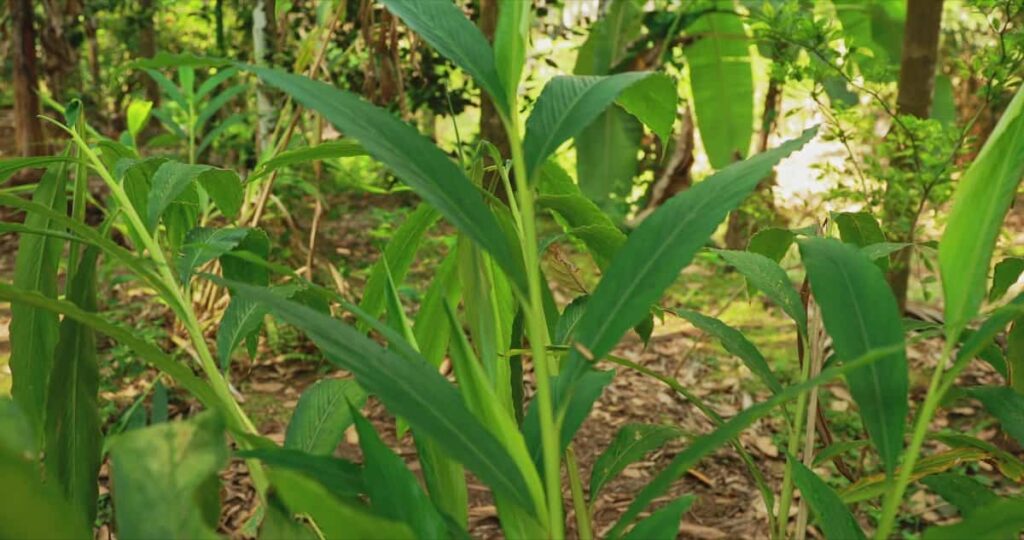
The total cost incurred for one hectare of cardamom cultivation over the first year is $3,000–$4500. For the second year, the cost includes manure, fertilizers, plant protection, irrigation, and labor charges, which sum up to $1,150, bringing the total cost over two years to $4,500-$6,000.
Returns
- With an average price of $10 per kilogram of cardamom, the potential income from cardamom cultivation can be significant.
- Potential income returns from one hectare of cardamom plantation over four years.
| Year 1 | Nil |
| Year 2 | 50 kg per acre – $1,150-$1,500 |
| Year 3 | 145 kg per acre – $4,025-$4,800 |
| Year 4 | 200 kg per acre – $5,000-$6,200 |
Profit
- Total income over four years = $10,175-$12,500
- Total cost over two years = $4,500-$6,000
- Net profit = Total income – Total cost = $4,175-$6,500
Therefore, the net profit for one hectare of cardamom cultivation over four years is approximately $4,000-$6,000, depending on the yield and market price. It is important to note that the prices may vary depending on the region and the market demand for cardamom.
In case you missed it: Goat Farming Project Report: Investment, Profit for 10, 20, 50, 100, and 500 Goats
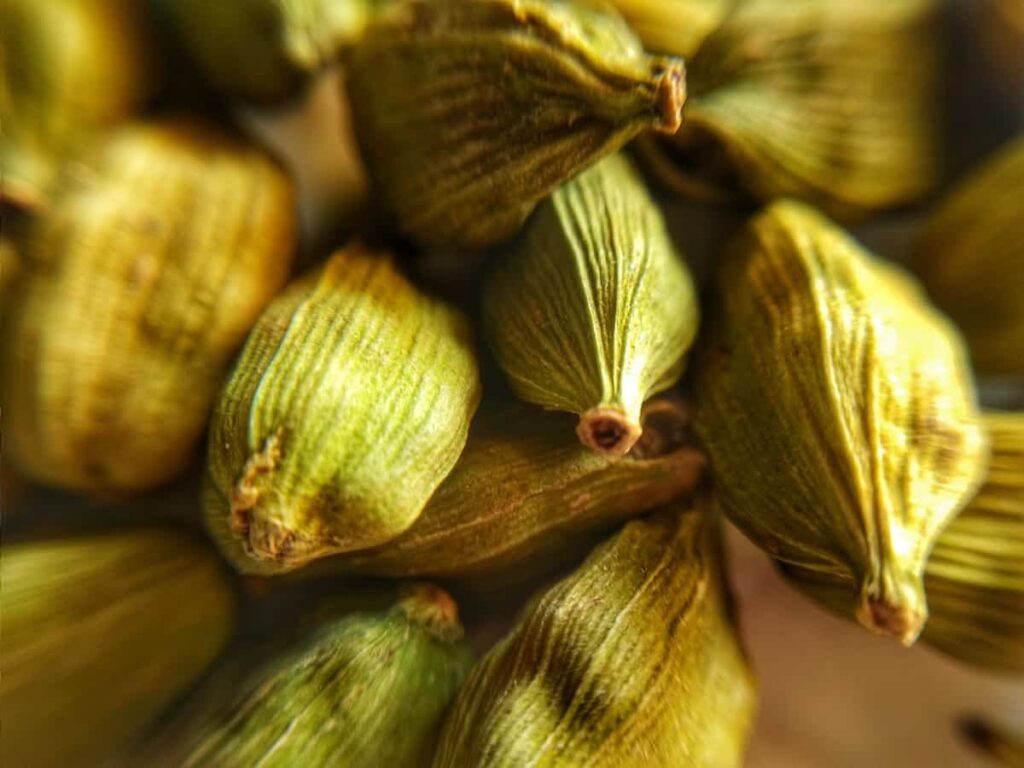
Market Research and Analysis of Cardamom Farming
- India holds a significant position in the production of spices worldwide, with almost all states and union territories cultivating one or the other spices. Among the 52 spices brought under the purview of the Spices Board by the Parliament, 109 spices, including cardamom, are notified in the ISO list.
- India produces two types of cardamom: small cardamom and large cardamom. Small cardamom, also known as true cardamom, is a highly prized spice native to the Western Ghats of South India. It is grown in Kerala, Karnataka, and Tamil Nadu, with a total plantation area of 70,080 hectares.
- Large cardamom, also known as black cardamom, is native to the Eastern Himalayan region and is cultivated mainly in Sikkim, Assam, and West Bengal, with a total plantation area of 26,387 hectares.
- The harvesting and processing of cardamom involve picking ripe capsules and drying them either in kiln drying, electrical drying, or sun drying.
- After drying, the capsules are rubbed with hands or a coir mat, winnowed to remove foreign matter, sorted out by size and color, and stored in black polythene-lined gunny bags to retain the green color during storage.
Cardamom Farming Business Plan
Cardamom farming is a profitable business that requires suitable conditions such as moderate to high humidity and rainfall, a minimum temperature of 10°C, and a maximum of 35°C. It involves acquiring land, hiring experienced labor, and investing in quality equipment and seeds. A well-maintained farm can yield up to 2,000 kg of cardamom per hectare, which sells at an average international price of $15 per kg.
A 10-hectare farm can generate revenue of around $300,000 annually. Cardamom seeds can also be processed into ground cardamom or oil, which fetch even higher prices. It is an environmentally friendly and sustainable business due to its chemical-free cultivation and high demand in the global market for its health benefits and culinary uses.
Business Plan Components of Cardamom Farming
- Executive Summary: This is a brief overview of the entire business plan, highlighting the key points and goals of the cardamom farming business.
- Market Analysis: This section involves researching the cardamom market, identifying the target audience, and analyzing the competition. SWOT analysis is used to determine the business’s strengths, weaknesses, opportunities, and threats.
- Marketing Strategy: This component outlines the marketing plan for the business, including advertising, promotions, and sales strategies.
- Operations Plan: This section covers the daily operations of the cardamom farming business, including the farming process, labor, and equipment needed.
- Financial Plan: This component includes a projection of the financials for the business, including startup costs, revenue projections, and a break-even analysis.
- Risk Assessment: This component outlines potential risks and how they will be mitigated, including weather conditions, pests, and diseases that can impact the cardamom crop.
In case you missed it: Harvest Fresh and Healthy: Best Top 10 Vegetables for Terrace Garden/Rooftop Farming
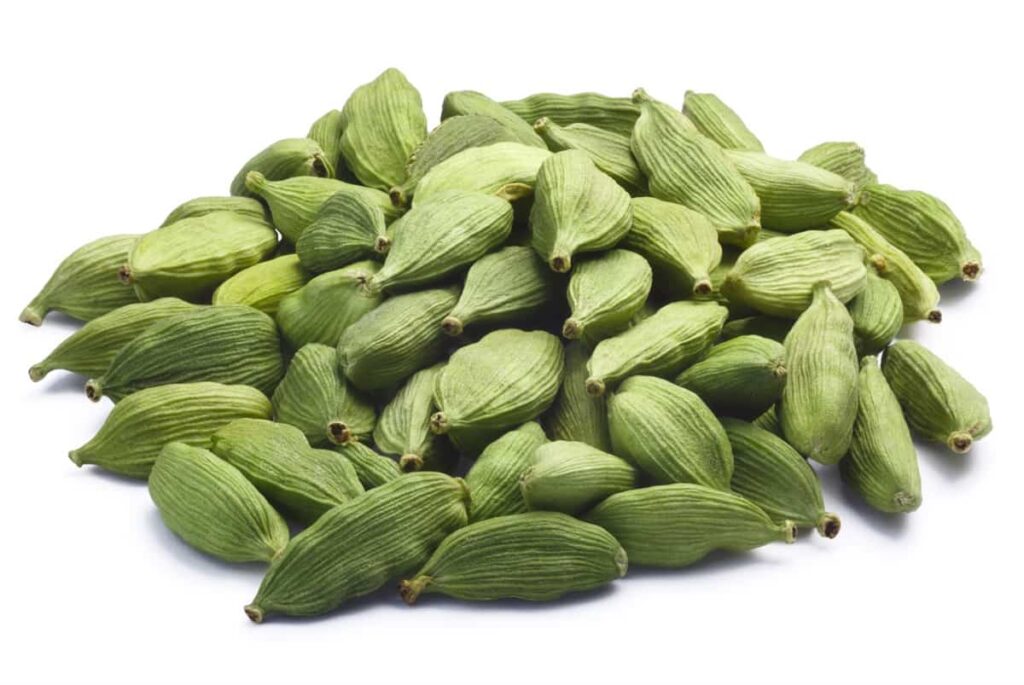
Conclusion
A well-crafted business plan is important for any entrepreneur looking to start a profitable cardamom farming business. By considering the key components of a business plan, including market analysis, financial projections, and SWOT analysis, farmers can maximize their production and achieve long-term success.
- Profitable Village Farming Business Ideas in 2024
- High-Yield Aquaculture: Fast-Growing Fish for Farming
- Effective Fish Pond Construction Techniques for Beginners
- Irrigation and Water Management in Pineapple Farming
- Blossom to Harvest: Mastering Flowering and Pollination in Papaya Farming
- Pig Fattening Essentials: From Selection to Sale for Beginners
- Raising Wagyu Cattle: A Complete Guide for Premium Beef Production
- Soil Types and Their Water Holding Capacity
- Optimizing Irrigation Schedules for Coconut Groves for Enhanced Yield
- Espresso Your Garden: Coffee Grounds for Healthier Acid-Loving Plants
- The Best Soil Mix for Snake Plants: How to Mix Your Own Snake Plant Soil
- Green Thumb Success: Expert Tips for Cultivating Greenhouse Beans All Year Round
- Bloom All Year Round: The Ultimate Guide to Indoor Hyacinth Care
- Eco-Friendly Gardening: How to Make Liquid Fertilizer from Kitchen Waste
- Ultimate Guide to Grow Anise in Pots: Explore Seed Propagation to Harvesting
- Guide to Raising Chester White Pigs: Discover Breed Facts to Growth Management
- Mastering the Elegance: The Ultimate Guide to Weeping Cherry Tree Care, Planting, and Maintenance
- Ultimate Guide to Planting Garlic in Grow Bags: Growing Strategies for Beginners
- How to Fix Spider Plant Leaf-Related Problems: Natural and Organic Remedies
- 10 Reasons Why Your Tulsi Plant is Shedding Leaves: Home Remedies and Solutions
- Optimizing Growth and Yield: The Advantages of Palm Bunch Ash Fertilizer
- Utilizing Neem Oil Extract as a Natural Pesticide for Hydrangea
- From Soil to Harvest: Various Ways in Which Farmers Can Use AI Tools
- Steps to Encourage and Induce Citrus Flowers: A Comprehensive Guide
- How to Fix Snake Plant Leaf-Related Issues: Natural and Organic Remedies
- Transform Your Garden into a Fragrant Oasis with Raat Ki Rani (Night Blooming Jasmine)
- Discover the Ideal Chicken Breeds for Philippine Farms
- How to Create a Poultry Egg Farm Business Plan for Profits
- Grow Lemon Cucumbers Like a Pro: Insider Techniques for Bountiful Yields
- Ultimate Guide to Caring for Your Pink Princess Philodendron: Tips for Thriving Variegation
- Areca Nut Profit Per Acre: Calculating Yield and Cost of Cultivation
- How Kaveri Chicken is Becoming a More Profitable Breed in Indian Backyards
- Transform Your Barn: 9 Steps to Convert a Horse Stall into a Chicken Coop
- Exploring Suffolk Sheep Disadvantages with Limitations and Challenges
- Guide to Solving Potted Lemon Tree Problems: How to Revive Lemon Tree in Containers
- Steps to Encourage Female Pumpkin Flowers: Best Strategies for More Flowers and High Yields

Good Information
Thanks. complete detailed info. and analysis. very crispy